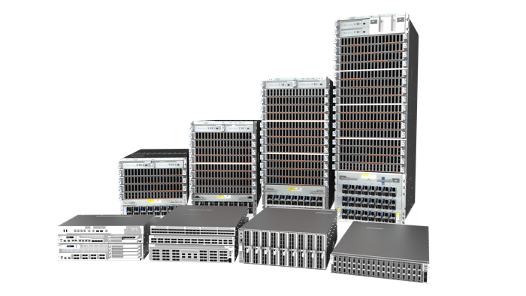VMware Tackles "Device Sprawl" with Compute Stack 2

SAN FRANCISCO - Here at VMware's Explore conference, VMware indicated that it has big ambitions to transform the industrial space with new edge compute technology and services.
VMware today introduced Edge Compute Stack 2, an edge platform that enables customers to use edge hardware to support cloud-native applications including containers running on small, industrial COTS (commercial, off the shelf) servers.
Consolidating Tech for IT and OT
VMware executives have indicated there is strong demand from industry verticals for running more powerful edge compute to drive applications such as computer vision and analytics.
Industries such as manufacturing and retail are looking to leverage both existing and future hardware installed in their plants to run artificial intelligence/machine learning (AI/ML) software that can analyze data and improve their business as part of digital transformation efforts. By providing one platform for both Information Technology (IT) and Operational Technology (OT) workloads, VMware hopes to help consolidate these divergent technology universes. Supporting both IT and OT workloads is also part of the effort to expand technology use cases into the industrial space.
To that end, VMware's new stack will include support for a variety of hardware. For example, VMware will extend support for ARM, Atom, and Core (i3/i5/i7/i9) processor-based device edge hardware allowing customers to run IT and OT workloads on one stack.
VMware says that its own research shows 580 million modern workloads are expected to run on diverse, distributed environments spanning public cloud, on-premises, edge, telco clouds and hosted clouds by 2024.
"The vision is to reduce appliance sprawl," said Sam Rastogi, director of product marketing, VMware, in an interview. " There is an opportunity to consolidate all the workloads on a unified platform."
Private Wireless, Kubernetes Also Addressed
VMware has indicated it has even larger ambitions to grow it as a platform for running and managing Kubernetes workloads, as well as supporting new services such as private wireless.
For example, Edge Stack 2 will offer new features to support Kubernetes running on edge devices using VMware Tanzu Kubernetes Grid 2.0. In the announcement, VMware also announced a beta offering of Edge Stack 2 for service providers to use in delivering private 4G/5G mobile connectivity in support of edge-native applications.
To deliver private wireless, VMware has its own private mobile network (PMN) core (developed with an unnamed partner) as well as PMN orchestrator to operate multi-tenant private 4G/5G networks for enterprises. VMware says the advantage of its offering over competing offerings is that it will be integrated with existing IT management platforms, rather than requiring a separate appliance or ecosystem.
For Edge Compute 2, many of the customers VMware is working with were disclosed under NDA. However, two customers were revealed in the press release and public presentation: Car manufacturer Audi and JBS.
According to the Audi statement in the press release:
“Audi is revolutionizing factory automation with its rollout of Edge Cloud 4 Production,” said Henning Löser, head of Audi's Production Lab. “Based on hyper-converged infrastructure (HCI), Edge Cloud 4 Production servers in combination with virtual clients will replace countless expensive industrial PCs helping us save time and effort, particularly where software rollouts, operating system changes, and IT-related expenses are concerned. VMware Edge Compute Stack is helping us transform our shop floor environment with a scalable edge infrastructure that provides the foundation for Audi to continue transforming and consolidating shop floor applications.”
Overall, the announcements show VMware's considerable ambitions for the edge market, where it expects demand for use cases such as computer vision, analytics, and advanced manufacturing to drive the need for new compute infrastructures. It's betting that its tools and expertise for managing both enterprise and service provider environments can now be expanded into these domains.
















